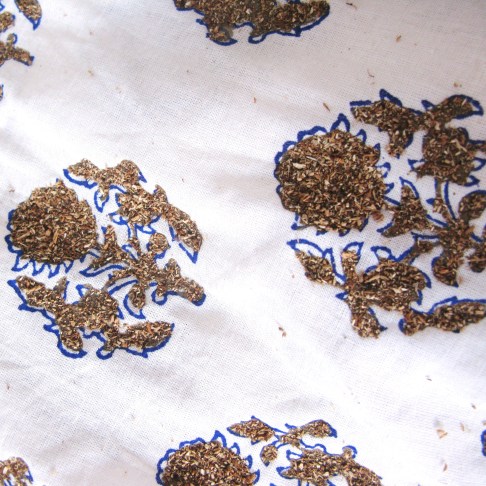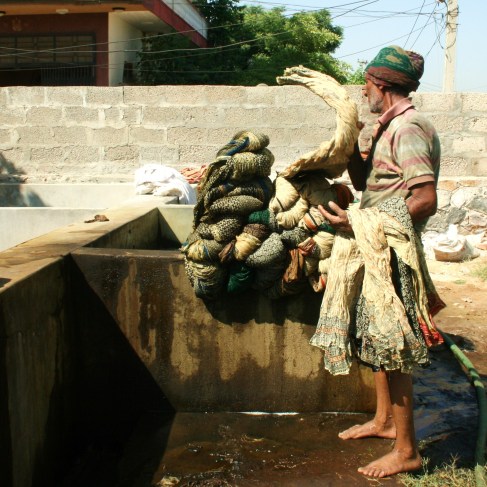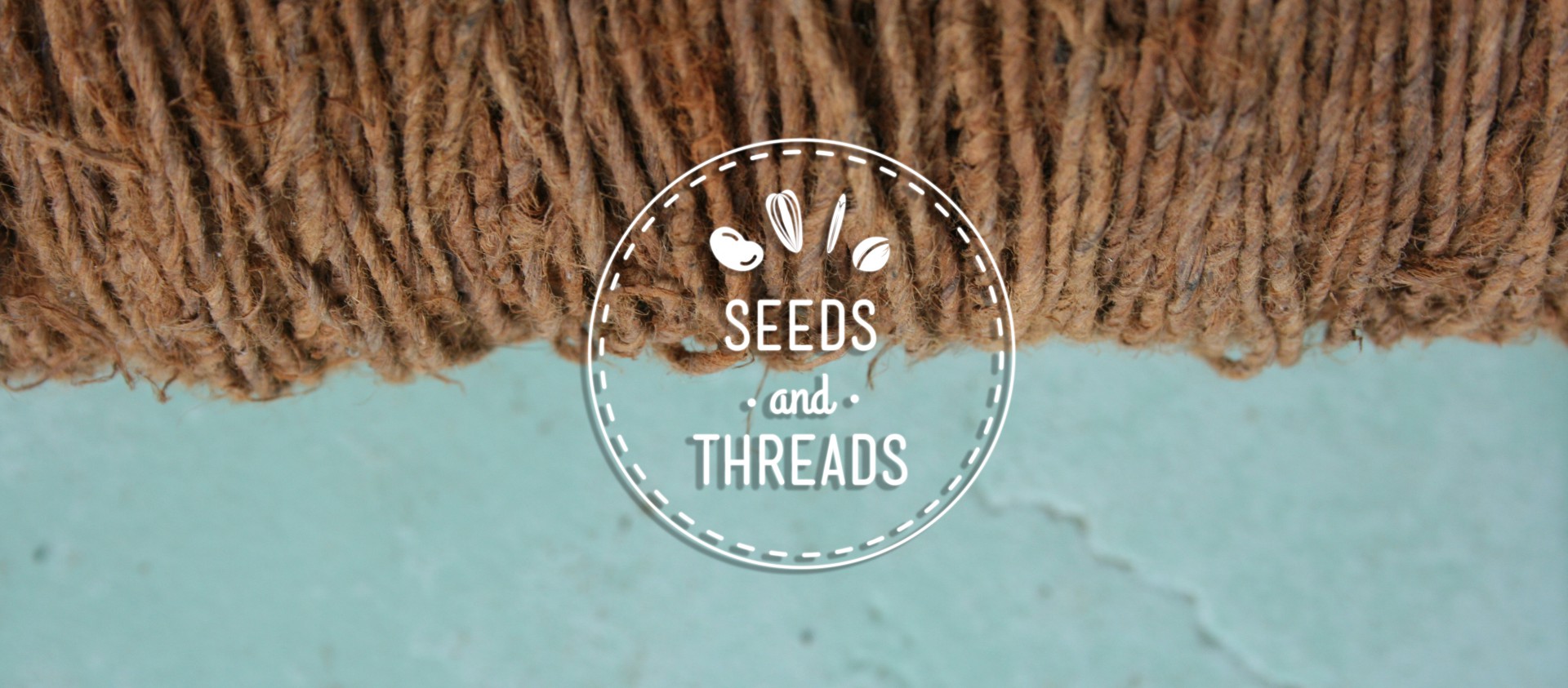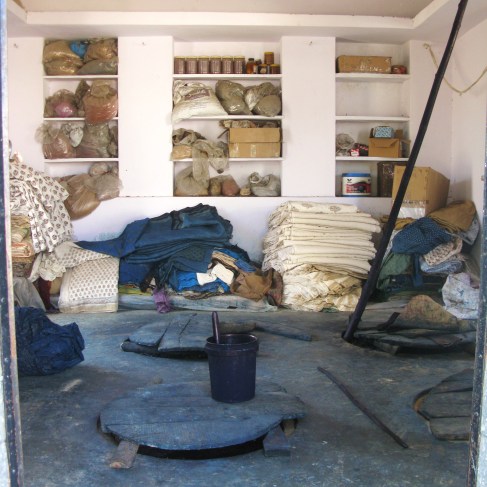On our way to Chiang Mai, we stopped through Bangkok for a visit to the Tilleke and Gibbins offices to view their extensive collection of antique textiles from Mainland Southeast Asia. Eager to experience the intricacies of these rare and delicate textiles first hand, we scheduled an appointment with head curator, Linda McIntosh. After running …
Textiles
From Gujarat we headed to Rajasthan to visit a community of block printers located in Bagru village, just outside of Jaipur. The Chhipa community has practiced their tradition for roughly 450 years, passing their skills onto generations of artisans.
After peeking into the block printing studio, we sat down with Ram Kishore Chhipa Derawala, the owner of the block printing business, and asked him some important questions about his craft. He spoke about the effects of colonialism on their traditions and explained that there was a time when they only used natural dyes to make their clothing. During British rule, however, chemical dyes were introduced, as the British profited more from them. Unfortunately, this capitalist model of ‘cheaper, faster, easier’ production not only compromised the quality of their products, but also disregarded environmental concerns.
Evidently, a primary characteristic of colonialism is the control of resources and people. Thus, when the British took over the textile and the farming industries in India, they were inevitably undermining the livelihoods of India’s people. Traditionally, the Chhipa village used left-over food scraps, such as onion skins and pomegranate rind, to make different colours of dye. Naturally, therefore, they began re-introducing organic ingredients once the British left, and are currently producing 65% of their clothing with natural dyes.
The benefits of using organic materials are fairly straightforward. From a health perspective, consumers evade harmful, carcinogenic chemicals seeping into the skin. On an ecological level, the Earth is spared from the same dangers that chemicals cause humans, as the water rinsed from freshly dyed clothing gets absorbed into the ground and contaminates water.
Ram Kishore also got into the business-side of things and addressed how they have to adapt to new market trends and renew their designs every year. This not only keeps things fresh, but it also makes it harder for their designs to be copied and re-sold for cheaper prices—a problem familiar to designers worldwide. Regardless, their traditions are maintained and their prints are exclusive to their region.
Some of their products are sold at Fabindia, a company that sells “products that are made from traditional techniques, skills and hand-based processes.” Fabindia supports over 80,000 craft-based rural producers and links them to modern urban markets, thereby sustaining rural employment and preserving India’s tradition of handicraft. If you want to know more about Fabindia, check out their site:
http://www.fabindia.com/. They also sell products from Anokhi and Kala Raksha! And check out the block printing business at: http://www.rkderawala.com/
Until next time!
Kiyoye, Bella and Athina


After the first three days at the Kala Raksha Sumrasar location, we were picked up by Judy Frater, founder of Kala Raksha, and driven off to their Vidhyalaya (Artisan Design School). Judy was extremely welcoming and on the ride over gave us an in-depth description of how the organization came into fruition in ’93 and …
We have just arrived in Jaipur after our 10 day visit to Kala Raksha — an organization dedicated to the preservation of traditional, hand embroidery work in the desert region of Kutch. We spent most of our time at the main location in the village of Sumrasar, 25 km north of the main city of …

